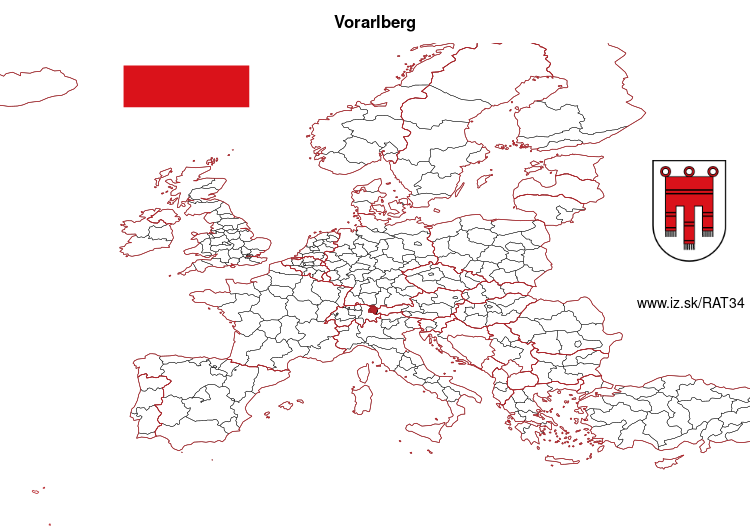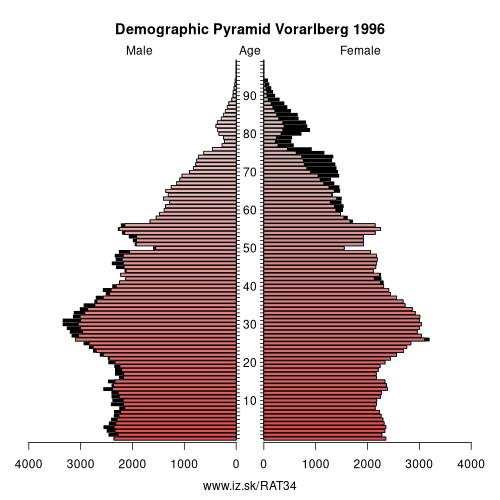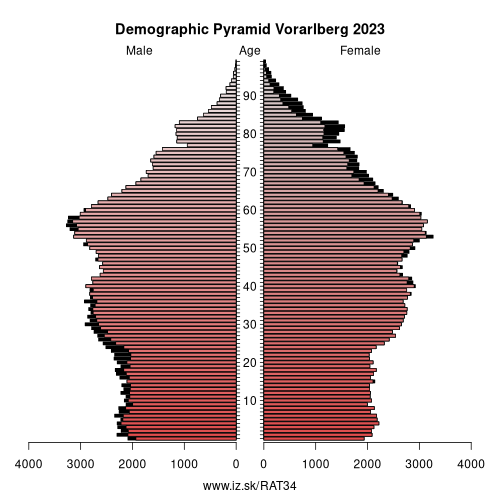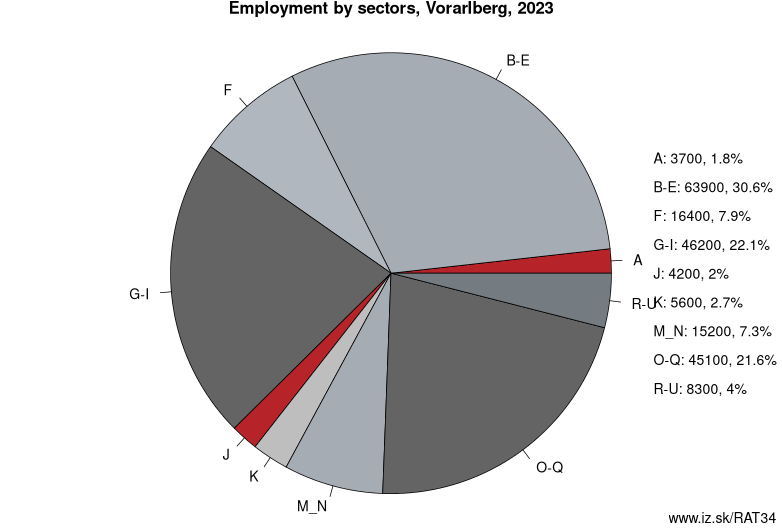- About us»
- Net income calculator»
- Population aging»
-
- Least developed regions»
-
- Average wage
- Material need benefits
- Meal allowance
- Counties of Slovakia
- Inflation
- Living and Subsistence Minimum
- Unemployment of Czechia and Slovakia
- NACE Classification
-
- Life expectancy
- Gender differences
- Youth unemployment and NEET
- Minimum wage in EU
- Unemployment rates of different age groups
- Share of salaries on GDP
- Employment rate
- NEET
- Percentage of employees ususally working at nights
- Long term unemployment
- Unemployment rate
-
- Bratislava and surroundings
- Kopanice
- Danube river
- lower Vah river
- middle Vár river
- upper Nitra river
- lower Nitra river
- Mining cities
- Kysuce a Orava
- upper Vah river - Liptov
- Spiš cities
- upper Hron river
- Juhoslovenská kotlina
- Košice fold and Torysa river
- upper Zemplín
- lower Zemplín
- EU regions
- NUTS3 regions of Slovakia
- LAU1 dataset
-
- Projects and activities
- Inclusive growth»
- Good work
- Project SKRS
- Social system – reality and vision
-
- Education of unemployed
- Young unemployed not taking part in education
- Proposal to change the system of education funding
- Library
- News»
- Contact
Vorarlberg – AT34
EU regions: Austria > Western Austria > Vorarlberg

| Indicator | Period | Value |
|---|---|---|
| Life long learning | ||
| life long learning participation | 2024 | 14.5 |
| Part time jobs and flexible employment | ||
| percentage of part time workers | 2024 | 33.42 |
| percentage of part time workers, men | 2024 | 11.24 |
| percentage of part time workers, women | 2024 | 58.83 |
| Gender differences | ||
| gender gap in employment rate | 2024 | 87.68 |
| gender gap in unemployment rate | 2024 | 97.62 |
| Graduates and young people | ||
| NEET | 2024 | 10.2 |
| Gross domestic product | ||
| GDP per capita in PPS of EU average | 2023 | 126 |
| Employment | ||
| employment rate | 2024 | 76.2 |
| Social exclusion | ||
| people at risk of poverty or social exclusion | 2018 | 21.9 |
Vorarlberg slovensky: AT34
Subregions: Bludenz-Bregenzer Wald, Rheintal-Bodenseegebiet
Unemployment
| Indicator | Period | Value |
|---|---|---|
| Unemployment | ||
| unemployment rate | 2024 | 4.2 |
| youth unemployment rate | 2009 | 11.6 |
Demographics

| Indicator | Period | Value |
|---|---|---|
| Demographics | ||
| number of inhabitants | 2024 | 409 973 |
| population density | 2023 | 161.3 |
| old-age dependency ratio | 2024 | 28.1 |

Employment by sectors, Vorarlberg
| NACE r2 | % | NACE r2 | % | ||
|---|---|---|---|---|---|
| A | 3.1 | 1% | B-E | 57.2 | 28% |
| F | 16.9 | 8% | G-I | 48.9 | 24% |
| J | 3.5 | 2% | K | 6.1 | 3% |
| M_N | 17.8 | 9% | O-Q | 45.6 | 22% |
| R-U | 6.8 | 3% | TOTAL | 207.5 | 100% |
Data for the period year 2024. Source of the data is Eurostat, table [lfst_r_lfe2en2].

From Wikipedia :
Vorarlberg (German pronunciation: [ˈfoːɐ̯ʔarlbɛrk]) is the westernmost federal state (Bundesland) of Austria. It has the second-smallest area after Vienna, and although it has the second-smallest population, it also has the second-highest population density (also after Vienna). It borders three countries: Germany (Bavaria and Baden-Württemberg via Lake Constance), Switzerland (Grisons and St. Gallen), and Liechtenstein. The only Austrian state that shares a border with Vorarlberg is Tyrol to the east.The capital of Vorarlberg is Bregenz (29,806 inhabitants), although Dornbirn (49,278 inhabitants) and Feldkirch (33,420 inhabitants) have larger populations. Vorarlberg is also the only state in Austria where the local dialect is not Austro-Bavarian, but rather an Alemannic dialect; it therefore has much more in common culturally with (historically) Alemannic-speaking German-speaking Switzerland, Liechtenstein, Swabia, and Alsace than with the rest of Austria, southeastern Bavaria, and South Tyrol.
Vorarlberg is almost completely mountainous and has been nicknamed the ‘Ländle’ meaning ‘small land’.
Geography
The main rivers in Vorarlberg are the Ill (running through the Montafon and Walgau valleys into the Rhine), the Rhine (forming the border with Switzerland), the Bregenzer Ache and the Dornbirner Ach. One of the shortest rivers is the Galina.
Other: Western Austria, Tyrol, Salzburg, Vorarlberg, Upper Austria
Neighbours: Swabia, Eastern Switzerland, Liechtenstein, Tyrol, Tübingen Government Region
Subregions: Bludenz-Bregenzer Wald, Rheintal-Bodenseegebiet
Suggested citation: Michal Páleník: Europe and its regions in numbers - Vorarlberg – AT34, IZ Bratislava, retrieved from: https://www.iz.sk/PAT34, ISBN: 978-80-970204-9-1, DOI:10.5281/zenodo.10200164

 Share
Share Facebook
Facebook Twitter
Twitter News
News